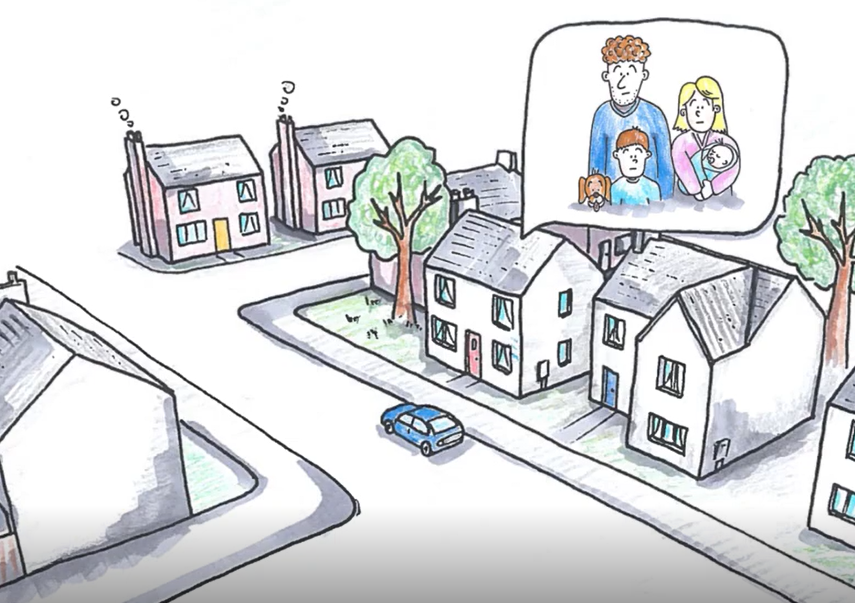ZERO-PLUS Project video
28 May 2020, Category: All insights, News, Tags: energy efficient buildings, sustainable buildings, ZERO-PLUS

Earlier this year, E Co. Senior consultant, Morna Isaac, and consultant, Diane Amancic, wrote a blog post detailing the work we did on the ZERO-PLUS project, ‘ZERO-PLUS: Meeting Europe’s demand for energy efficient settlements in 2020’.
Read our brochure on the ZERO-PLUS project, published in March 2020.
ZERO-PLUS launches new video
E Co. PR officer Jessica Ginting provided the voice over for the new promotional video above, illustrated by project partner Wen Pan from the Technical University of Munich. The video outlines the path towards designing a Net Zero Settlement.
In the four years of working with ZERO-PLUS, we were involved in market assessments, strategy development and the creation of a Sample Business Plan, which gained approval from the European Commission.
More about the project
ZERO-PLUS has developed a method and tools for the construction of new residential Net Zero Energy Settlements (NZES). Focusing on settlements as opposed to single buildings, the project aims to bring together technology suppliers, energy efficiency and renewable energy experts and developers who work together from the earliest stages of project conception to optimise the NZES design.
The implementation of ZERO-PLUS aims to achieve a comprehensive, cost-effective system for the design, construction and monitoring of Net Zero Energy Settlements – a system which has been successfully piloted in four projects across Europe (in France, the UK, Italy and Cyprus).
“In ZERO-PLUS, the challenge of significantly reducing the costs of NZE settlements will be achieved through the implementation of three parallel strategies:
- Increasing the efficiency of the components directly providing the energy conservation and energy generation in the NZE settlement.
- Reducing the “balance of system” costs through efficient production and installation processes.
- Reducing operational costs through better management of the loads and resources on a district scale rather than on the scale of a single building.”
Learn more about the work we did here.
Join the conversation by posting a comment below. You can either use your social account, by clicking on the corresponding icons or simply fill in the form below. All comments are moderated.